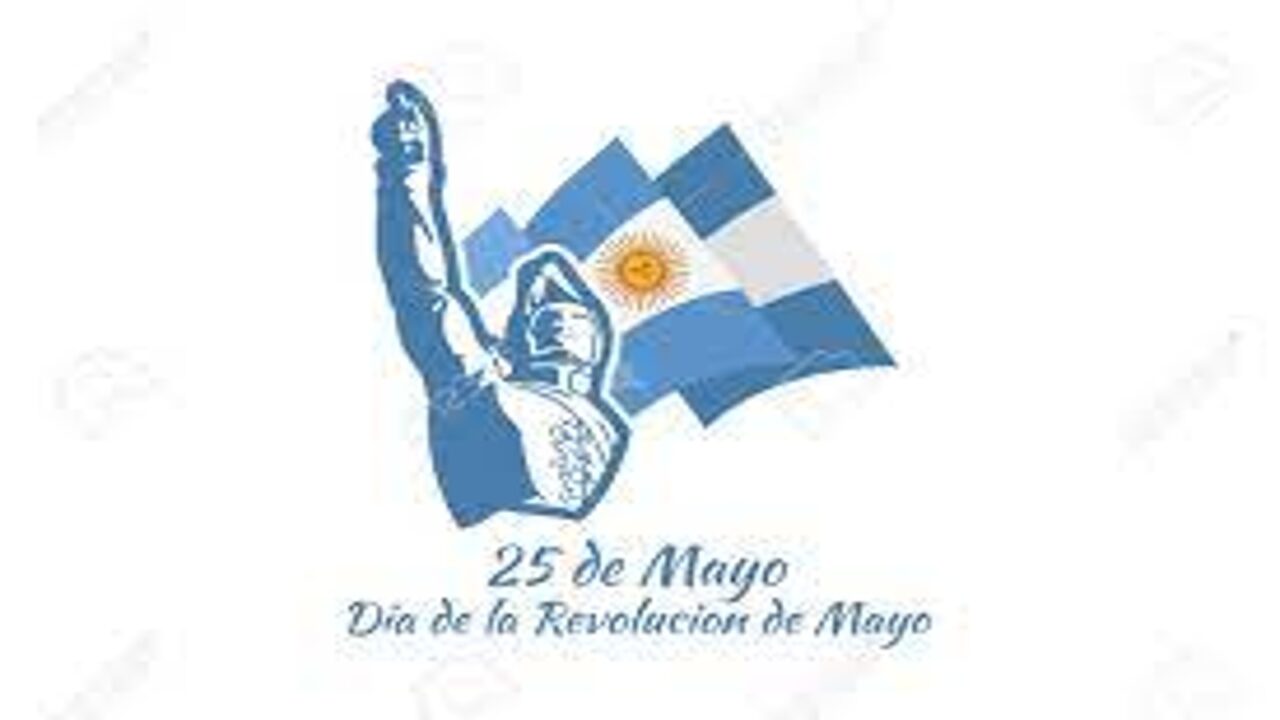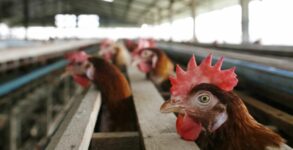May Revolution Day, or Dia de la Revolución de Mayo, is annually observed on May 25 in Argentina. The national holiday commemorates the revolution and establishment of an autonomous government on May 25, 1810. The occasion is also known as National Day and Revolution Day. In the sixteenth century, Spanish interaction with Argentina began with the immigration of Spaniards and the establishment of Spanish settlements. In 1776, when the Viceroyalty of Rio de la Plata was established, Spain’s colonisation of Argentina began officially. On May 25, 1810, the revolution led to the establishment of Argentina’s first independent government.
HISTORY OF MAY REVOLUTION DAY
In the sixteenth century, Spanish immigrants began settling in Argentina and intermarrying with non-Spaniards. Spain formed a permanent settlement on the location of Buenos Aires in 1580. Following that, in 1776, King Charles III of Spain formed the Viceroyalty of Rio de la Plata with Buenos Aires as its capital. Thus, Spain appointed a Spanish viceroy over the country, which angered the native Argentinians.
The British invasion of Buenos Aires in 1806 was one of a number of domestic and international events that contributed to the Revolution. The people appointed a new viceroy, the Frenchman Santiago de Liniers, who liberated the city from the British in 1806 and again in 1807. Through the Junta of Seville, Spain was able to appoint a new viceroy to succeed Liniers in 1809.
However, the Revolution was ignited when Argentines discovered that the Junta of Seville had disbanded after Seville’s capture by France. 1810 saw the formation of Argentina’s First National Government and the Primera Junta between May 18 and May 25, a period now known as May Week. Baltasar Hidalgo de Cisneros, the viceroy of Spain, was compelled to resign. The revolution was primarily peaceful, but it led to the Argentine Independence War.
During national celebrations on May Revolution Day, church services are conducted and government officials address the populace. Additionally, performances are performed at the Teatro Colon in Buenos Aires. To enable people to participate in the festivities, a variety of free transport services are provided.
World Thyroid Day 2023: Facts, Significance and Dates
National Brown-Bag It Day 2023 (US): History, Dates and Facts
National Bath Bomb Day 2023 (US): History, Dates and Facts
5 OTHER COLONIALISED COUNTRIES BY SPAIN
Mexico
In 1521, Spain colonised Mexico, which obtained independence on September 27, 1821.
Philippine Islands
In the late 1500s, Spain colonised the Philippines, but was expelled in 1898.
Venezuela
Venezuela was colonised by Spain in 1522; its independence was proclaimed on July 5, 1811.
El Salvador
El Salvador, along with other Central American provinces, was colonised by Spain in 1524 and gained independence in 1821.
The United Kingdom
The Netherlands were colonised by Spain from 1556 to 1714.
MAY REVOLUTION DAY DATES
| Year | Date | Day |
|---|---|---|
| 2023 | May 25 | Thursday |
| 2024 | May 25 | Saturday |
| 2025 | May 25 | Sunday |
| 2026 | May 25 | Monday |
| 2027 | May 25 | Tuesday |


















